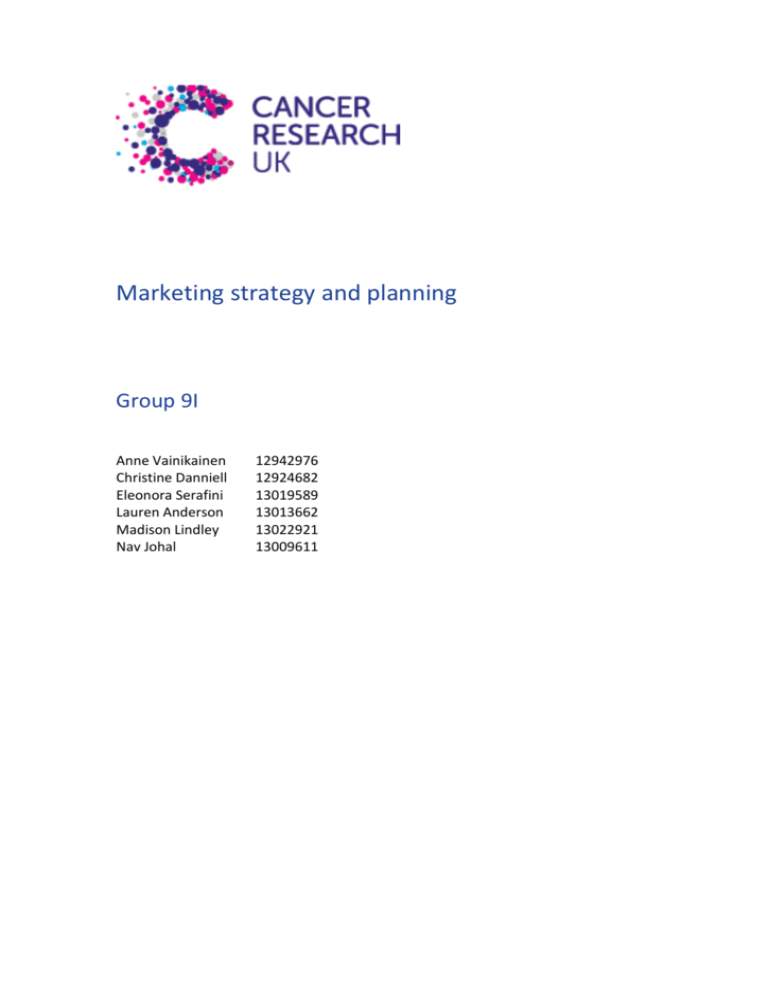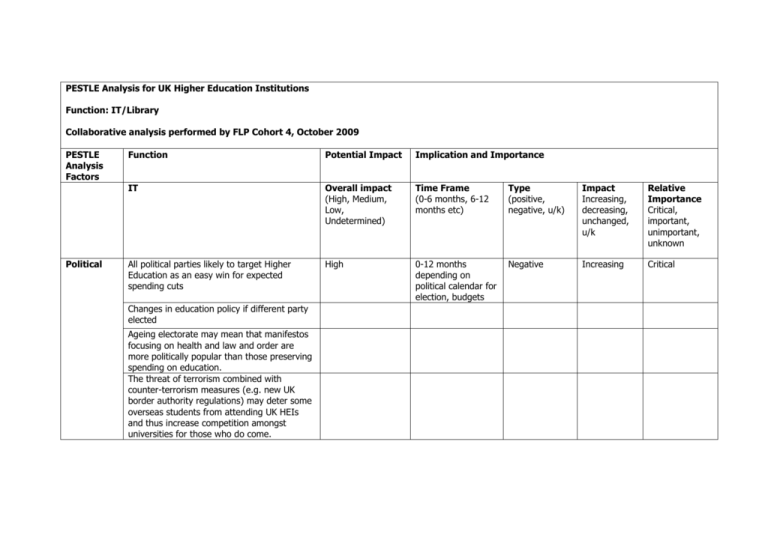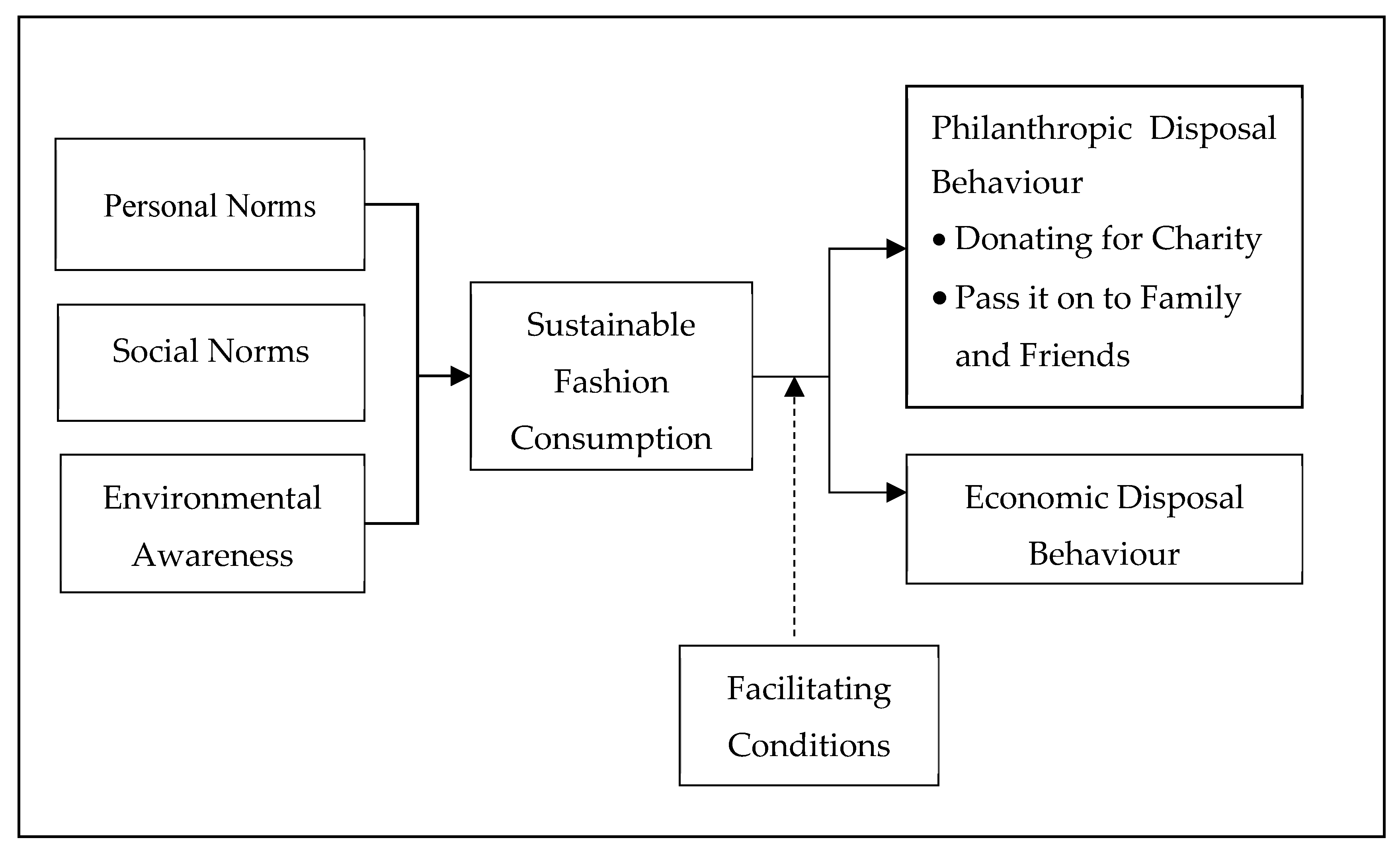A PESTLE analysis is a tool used to analyze the external factors that can impact an organization. It is commonly used in the business world to identify potential threats and opportunities, but it can also be applied to charities and non-profit organizations. A PESTLE analysis for charities can help to identify the external factors that may affect the organization's ability to achieve its goals and objectives.
Political factors refer to the political environment in which a charity operates. This includes the government's policies and regulations, as well as any political instability or changes that may affect the organization. For example, a charity that relies on government funding may be affected by changes in government policies or priorities. Political factors can also include issues such as lobbying and advocacy, as well as the organization's relationship with government agencies and elected officials.
Economic factors refer to the economic environment in which a charity operates. This includes things like economic growth, inflation, exchange rates, and employment rates. Economic factors can impact a charity's ability to fundraise and secure funding, as well as the demand for the organization's services. For example, a charity that provides social services may see an increase in demand during an economic recession, while a charity that relies on donations may see a decrease in fundraising during a downturn.
Social factors refer to the social and cultural environment in which a charity operates. This includes things like population demographics, social values and attitudes, and cultural norms. Social factors can impact a charity's ability to reach and serve its target audience, as well as the demand for its services. For example, a charity that focuses on a specific population group may be affected by changes in that group's demographics, such as an aging population or a shift in social attitudes.
Technological factors refer to the impact of technology on a charity's operations and services. This includes things like the adoption of new technologies, the availability of technology, and the impact of technology on the organization's operations and services. For example, a charity that provides online services may be affected by changes in internet access or the adoption of new technologies, while a charity that relies on traditional methods of service delivery may be impacted by the adoption of new technologies by its clients.
Legal factors refer to the legal environment in which a charity operates. This includes things like laws and regulations that impact the organization, as well as any legal challenges or disputes. Legal factors can impact a charity's operations, as well as its reputation and public image. For example, a charity may be affected by changes in laws and regulations related to its area of focus, such as changes to healthcare laws or environmental regulations.
Environmental factors refer to the impact of the natural and built environment on a charity's operations. This includes things like climate change, natural disasters, and urbanization. Environmental factors can impact a charity's operations and services, as well as its reputation and public image. For example, a charity that focuses on environmental issues may be affected by changes in climate or natural disasters, while a charity that operates in urban areas may be impacted by changes in the built environment.
In summary, a PESTLE analysis for charities can help organizations identify the external factors that may impact their operations and success. By understanding the political, economic, social, technological, legal, and environmental factors that affect the organization, charities can better anticipate and respond to changes in the external environment and make more informed decisions about how to achieve their goals and objectives.







